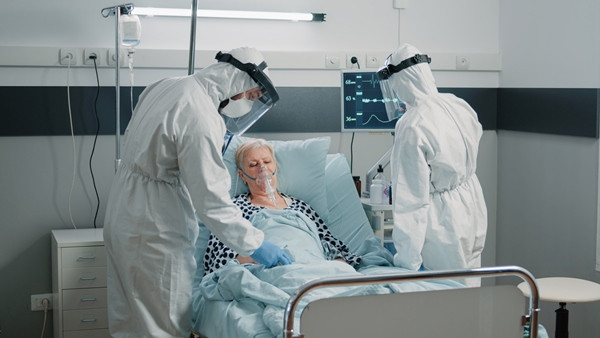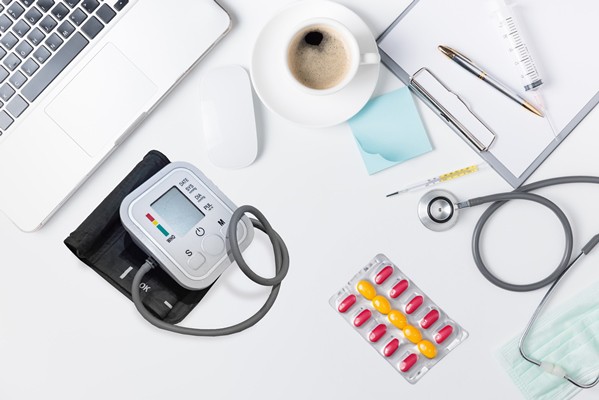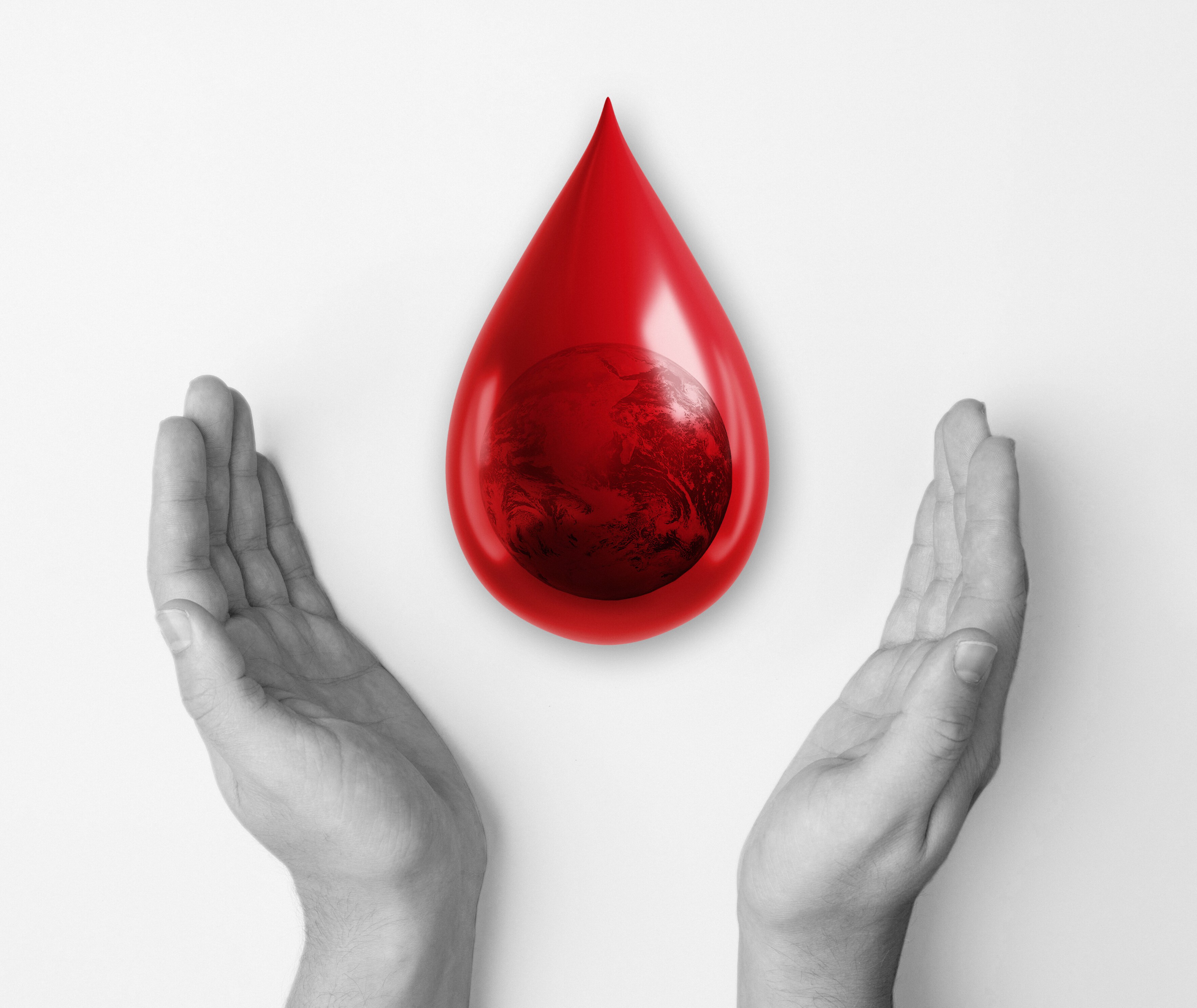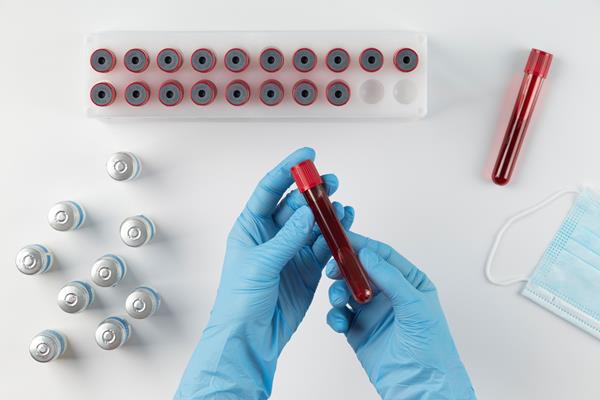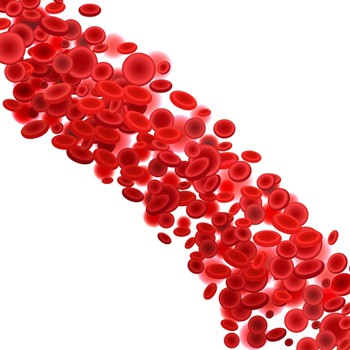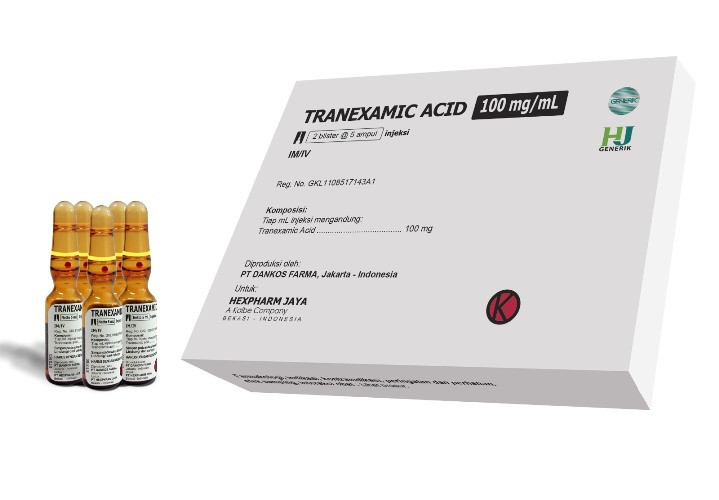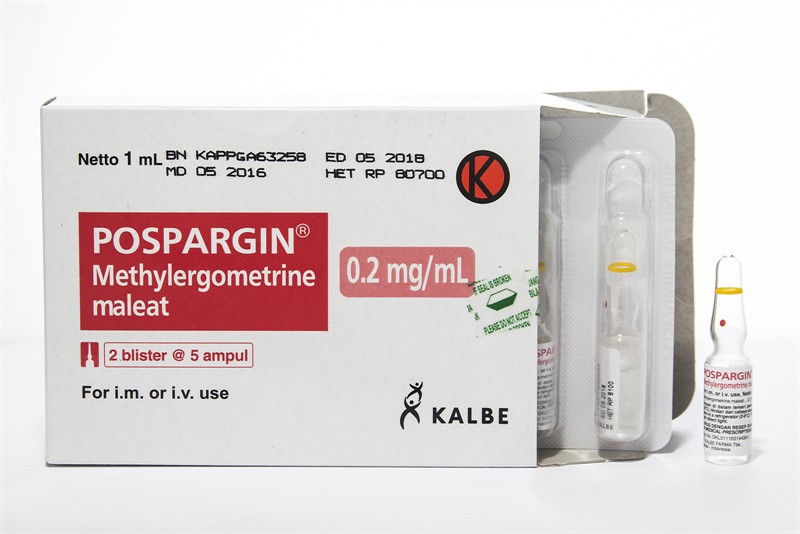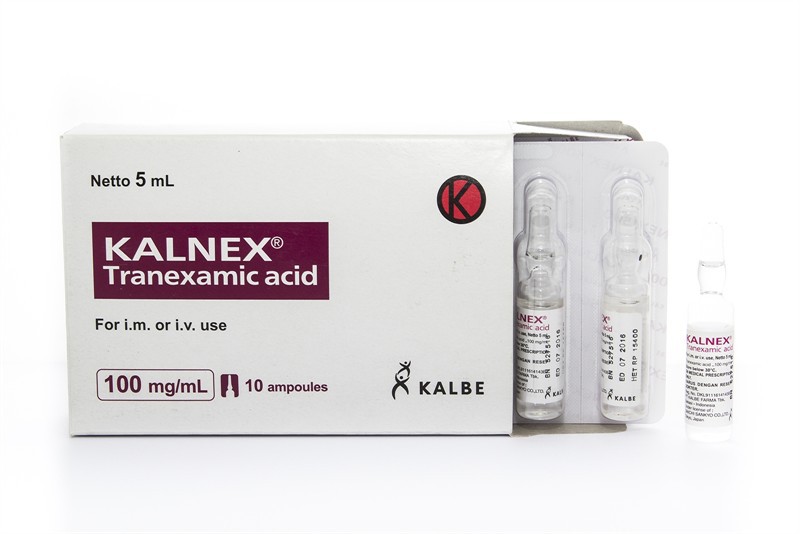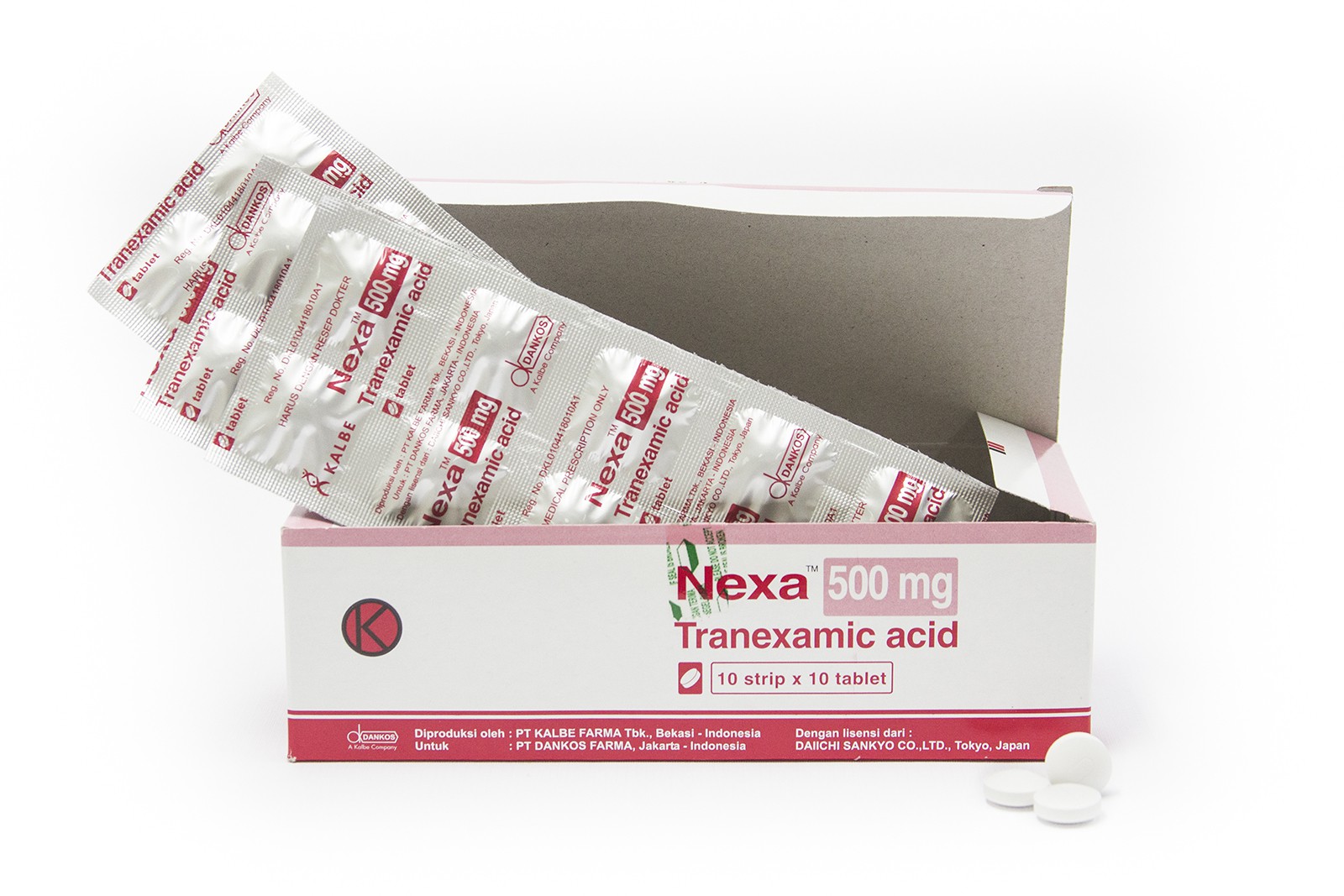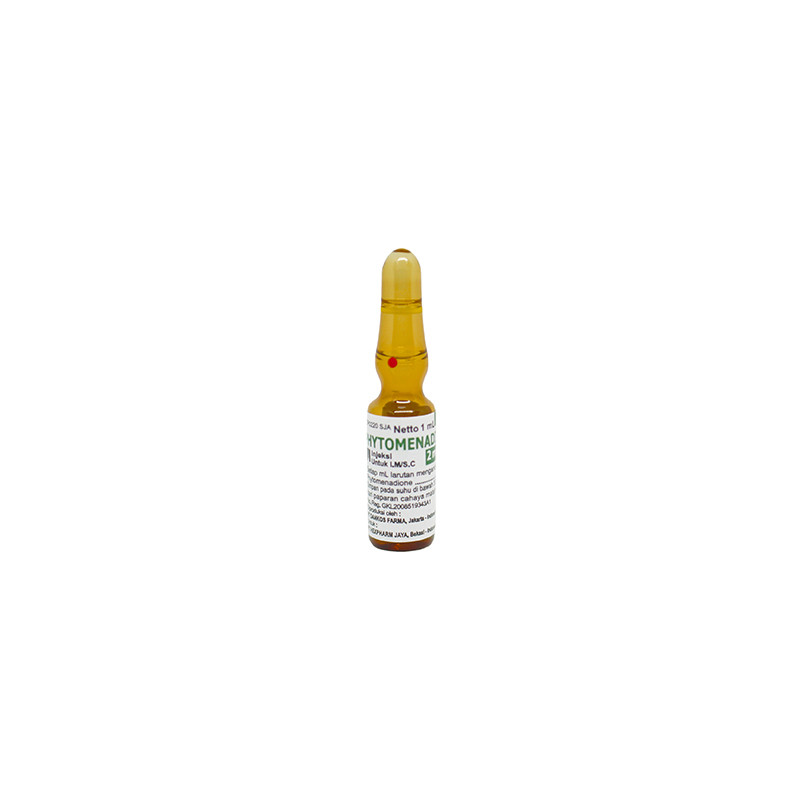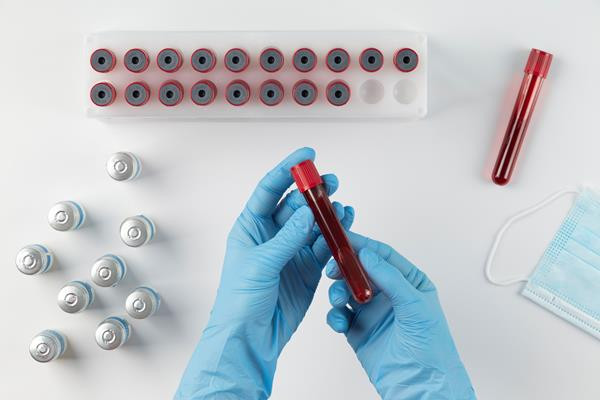
World Hemophilia Day 2024 is celebrated on April 17 with the theme: "Equitable access for all: recognizing all bleeding disorders".
Hemophilia is a blood clotting disorder caused by a lack of a protein that makes it difficult for blood to clot properly, so if the patient has bleeding it will be difficult to stop. Hemophilia is inherited from the X gene, which means that it is passed from the mother (as a carrier) to her son from birth, but 30% of people with hemophilia have no family history but the possibility of genetic mutation.
Hemophilia is classified into 2 (two) types:
1. Hemophilia A, known as classical hemophilia, occurs due to a deficiency of the blood clotting factor FVIII. Hemophilia A is more common, as much as 80%-85%.
2. Hemophilia B, known as Christmas Disease, occurs due to a deficiency of FIX blood clotting factor.
Signs and symptoms of hemophilia can vary depending on the level of clotting factor of the patient, the most common symptom is bleeding, both those that occur inside the body (internal bleeding) in the form of hyphema, hematoma, intracranial hemorrhage, etc., and those that occur outside the body (external bleeding) can manifest as massive bleeding from the mouth when a tooth is knocked out or on tooth extraction, massive bleeding when a small wound occurs and bleeding from the nose for no apparent reason.
Until now, there is no way to prevent hemophilia, what can be done is to check if there is a gene that is carried if there is a family history of hemophilia. Although hemophilia is considered an incurable disease, if it is treated well and managed properly, patients can live a normal life.
The main preventive measures are against the possibility of bleeding from wounds or injuries, especially for people with moderate and mild hemophilia, including :
- Avoid using furniture that poses a risk of injury such as slippery mats or tables with sharp edges.
- Always make sure the floor is not slippery, especially in the bathroom.
- Good lighting so that the eyes can see clearly.
- Avoid unnecessary furniture so that you can move more freely in the house.
- Use necessary safety gear when doing activities outside the home.
- You can still exercise but in a lighter way. Be careful or avoid sports that involve physical contact such as basketball, soccer, and others.
- Maintain dental hygiene to avoid tooth and gum disease that can cause bleeding.
- Do not recklessly take medicines without a doctor's advice.
The main goal of the care and treatment of people with hemophilia is to prevent bleeding and stop bleeding as early as possible. The first step to stop bleeding in hemophilia is RICE.
Rest: rest the bleeding limb.
Ice: compress the bleeding area with ice
Compression: apply compression to the bleeding area.
Elevation: elevate or raise the bleeding body part.
This RICE method is not only effective in stopping bleeding but also in reducing pain. After that, immediately take the patient to a health facility to get the clotting factor needed, and mobilize as soon as possible, after confirming that the bleeding has stopped.
Image: Illustration (Source: Freepik)
Reference:
1. Tim Promkes RSST - RSUP dr. Soeradji Tirtonegoro Klaten. Hemofilia [Internet]. 2022 Jun 23. Available from: https://yankes.kemkes.go.id/view_artikel/94/hemofilia
2. Musarofah S. Optimalisasi tumbuh kembang anak dengan hemofilia [Internet]. 2022 Aug 05. Available from: https://yankes.kemkes.go.id/view_artikel/1091/optimalisasi-tumbuh-kembang-anak-dengan-hemofilia.

